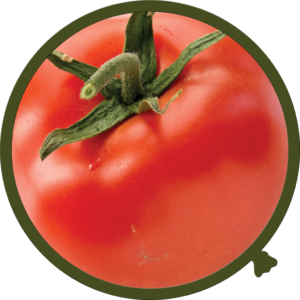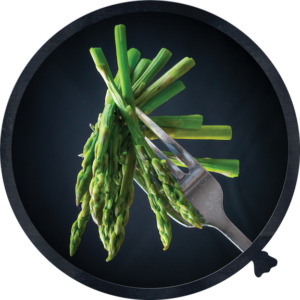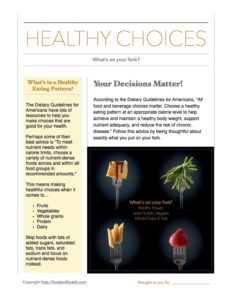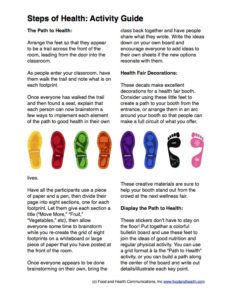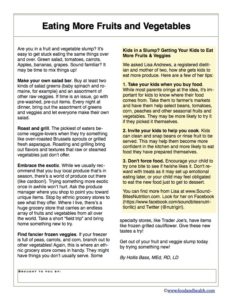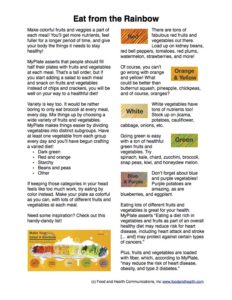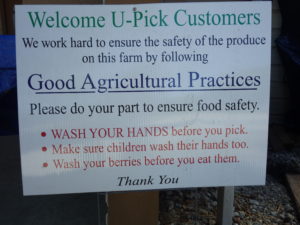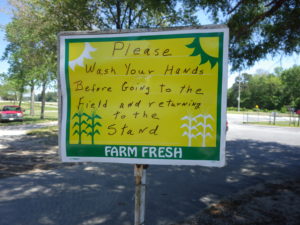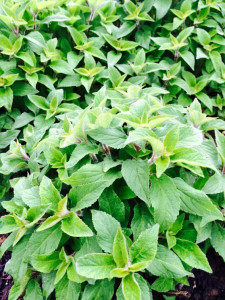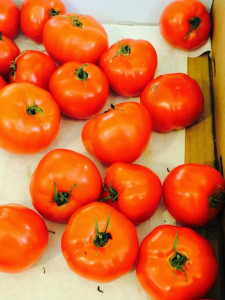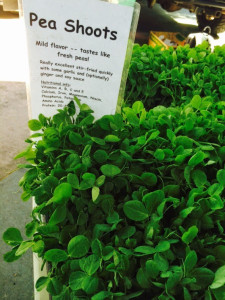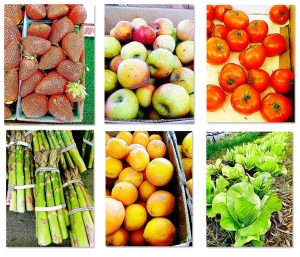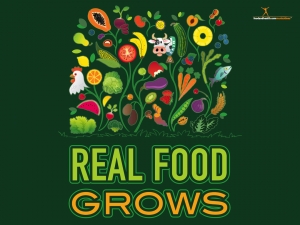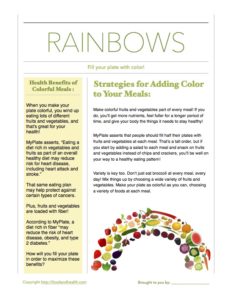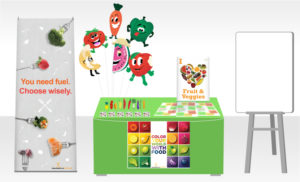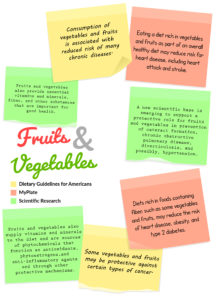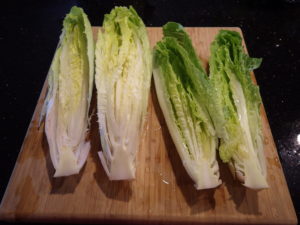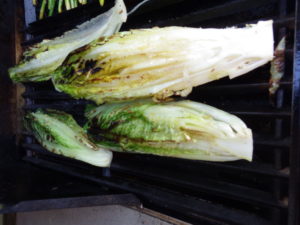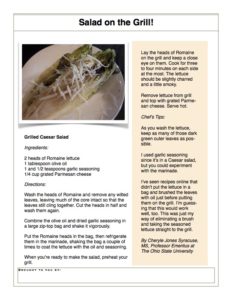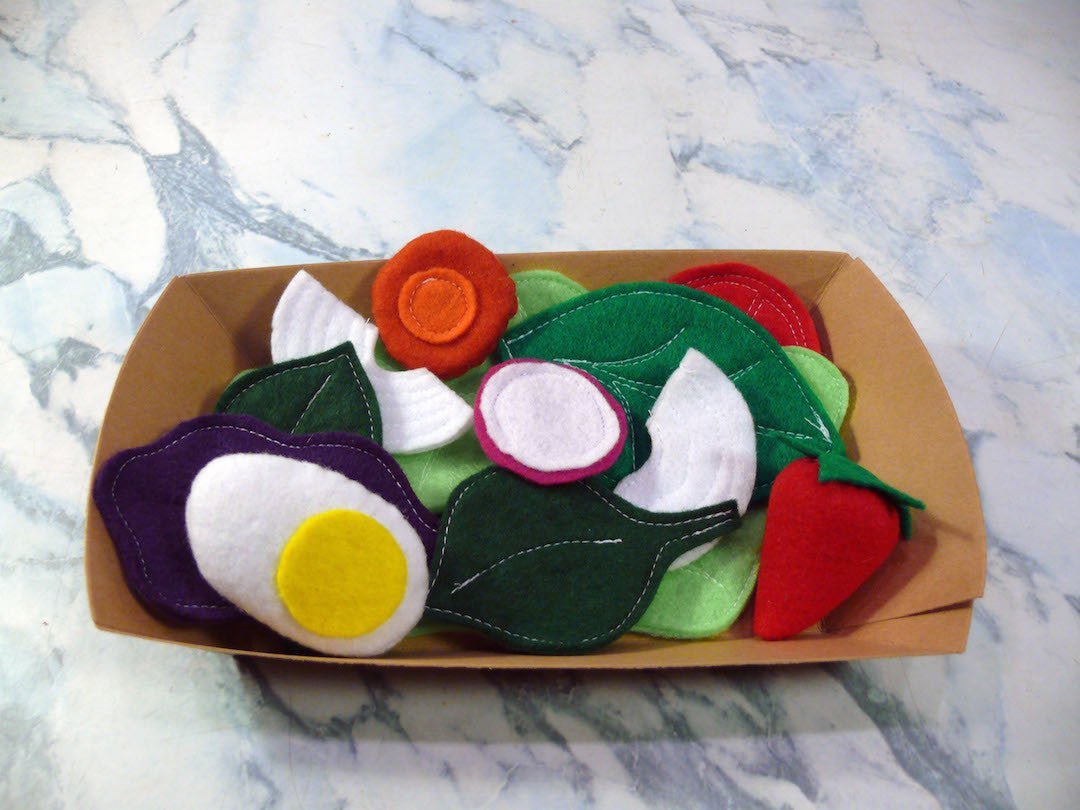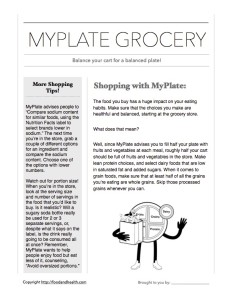Here are some new educational resources that just happen to be both creative and engaging.
Walloons!
What are walloons, you ask?
They’re wall decals shaped like balloons. You can use them as decorations and teaching tools.
These wall decals come in handy when you want to add a little pizzazz to your walls. They’re great anywhere that you might want to fill in the space between posters, and they are spectacular in cafeterias, exam rooms, classrooms, offices, and more! I created them after I got a request from our dietitian customer Sonya Angelone, MS, RD, who wanted to perk up her children’s school cafeteria. They have been hanging on the walls there ever since. Sonya said the walls looked bare and she wanted to have some fun and positive decals that matched our fruit and vegetable balloons. We had these drawn up by our artist and Sonya fell in love with them so we made a special order of these wall decals for her. We figured everyone else might want some. They are perfect for walls that cannot hang posters or walls that need sprucing up or small places. You can even stick them on bulletin boards. See below for our directions for how you can make your own, too!
There are several varieties of walloons to choose from. Which best match your style?
- Fruit and Vegetable Photo Walloons
- Fruit and Vegetable Cartoon Walloons
- MyPlate Walloons
- What’s on Your Fork? Walloons
The What’s on Your Fork? Walloons are the newest additions to the Nutrition Education Store and are perfect for National Nutrition Month. After all, the theme is “Put Your Best Fork Forward.”
Of course you can also make your own walloons. Draw a balloon with a black magic marker on a large white piece of paper. Copy it on a copy machine. Allow everyone to cut and paste their favorite food photos on the balloons. Then adhere the balloons to the wall using a 3d removable poster tape. This allows them to stick to the wall but keeps them removable, too. Of course you can also have everyone take pictures of their forks for your social media channel. Be sure to use a hashtag that reflects your name so you can post them with ease.
And, in case you missed it, here’s another Nutrition Month resource: the printable handout that comes with the What’s on Your Fork Bulletin Board Banner…
And here’s a peek at these walloons from the Nutrition Education Store…




